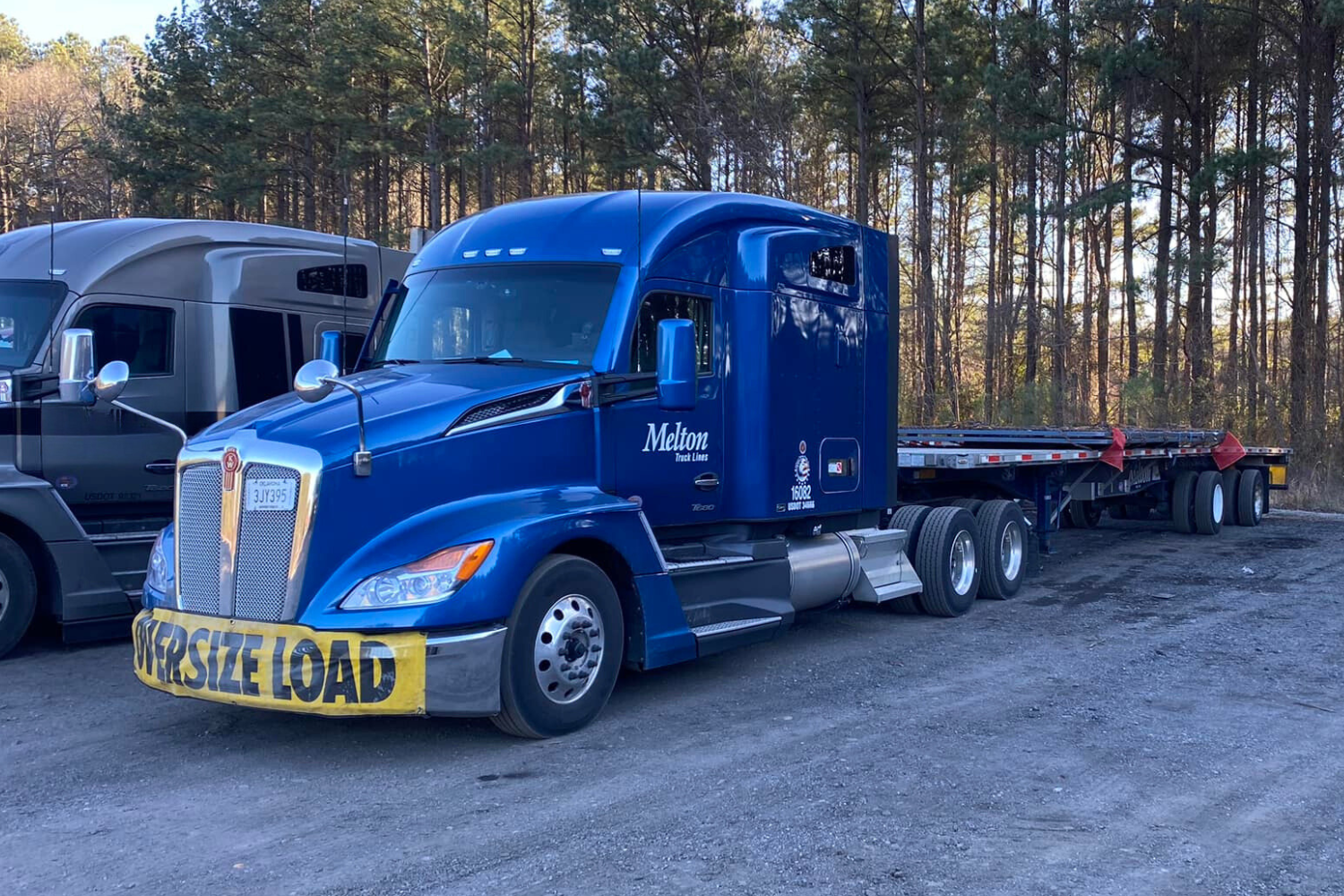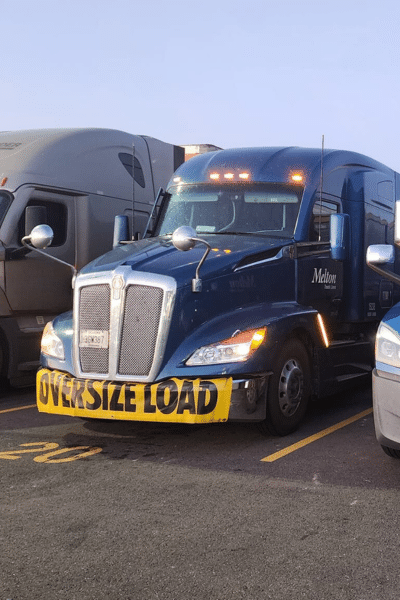
Oversized Loads: What You Need to Know About OD Trucking
When a load exceeds the standard legal sizing or weight restrictions, it is classified as over-dimensional or oversized. These loads can come in a variety of shapes and sizes; construction machinery, some vehicles, and industrial equipment are a few of the most common over-dimensional loads, but you may come across anything from prefabricated buildings, building components, to recreational items such as boats and yachts.
To understand how to safely ship these oversized loads, you’ll first need to understand the dimensions of the item you’re transferring, and what kind of trailer you’ll need to use. Some of the most common classifications are wide loads, over-length loads, and over-height loads.
What is Considered a Wide Load?
Wide loads are classified as shipments that are wider than 8.5 feet. Some examples of a standard wide load are mobile/prefabricated housing, agricultural equipment including harvesters, bailers, and threshers, or recreational items like boats and other vehicles. An important thing to consider with wide loads is that some states may restrict the times in which these loads can travel. When applying for permits to drive in, or through, certain states, be sure to check for any time restrictions.
What is Considered an Over-Length Load?
Over-length loads are shipments that exceed the typical 53-foot semi-trailer length. One of the most common over-length load types you might see on the road are wind turbine blades. As with wide loads, these types of freight may require escort or pilot cars and can be restricted to only travel during certain times or days.
What is Considered an Over-Height Load?
Over-height loads are loads that exceed the height of 13.5 feet tall. Once again, states can vary as far as their height requirements, so it’s necessary to check prior to booking your loads. Typical freight you see that could exceed this are large-scale construction equipment such as cranes and excavators, prefabricated buildings, and may even include large cargoes for military applications.
What Permits Do I Need for Over-Dimensional Loads?
When determining the type of documentation or permits needed, it can vary from state to state, and if you are shipping across multiple states, you will need to obtain clearance from each one. One of the most common requirements is for any load that exceeds the standard highway lane width of 12 feet, or exceeds the length of a standard 53’ flatbed trailer, to require an escort or pilot car. Escort cars are smaller vehicles that will drive both ahead and behind the load to divert traffic if needed. Visit the FMCSA website to learn about the specific OD requirements for your state.

What Permits Do I Need for Over-Dimensional Loads?
Another thing to consider as you prepare to ship any kind of over-dimensional load is insurance, which is required to obtain permits for your load. A typical insurance requirement might include liability levels for the following:
- Routine overweight or oversize loads: $750,000
- Super heavy/oversized loads: $2,000,000
- Non-commercial building movement: $2,000,000
Another major hurdle most people shipping over-height products in particular will face is thoroughly pre-checking their routes for height restrictions before shipping. While the Federal Highway Administration sets bridge and overpass clearances between 14 – 16 feet, some roads do have special designs that cause the bridge clearance to be lower, especially as you travel into more rural areas. While contending with other over-dimensional load requirements set out by that state, one must also ensure they are on a route that will physically allow their load to pass on safely.
Over dimensional loads require a few more steps than the average truckload, but with the technological advancements in automated permitting systems, and the rise of permitting services that allow for outsourcing of the process to handle the complexities, it’s easier than ever before to work your way into the market. If you need an over-dimensional load shipped, check out our over-dimensional loads page here and let our experienced team handle your freight!
